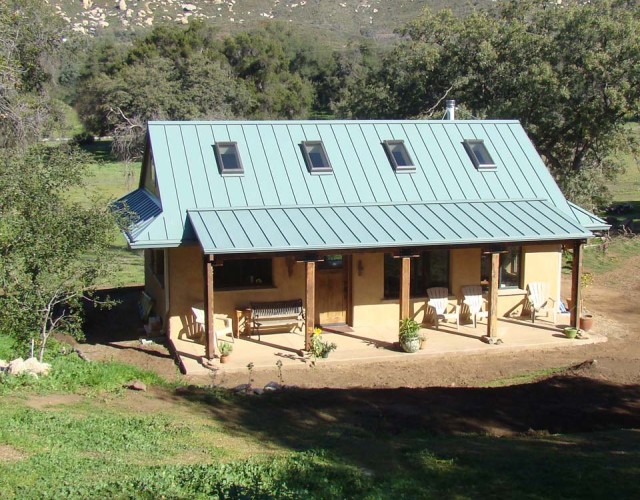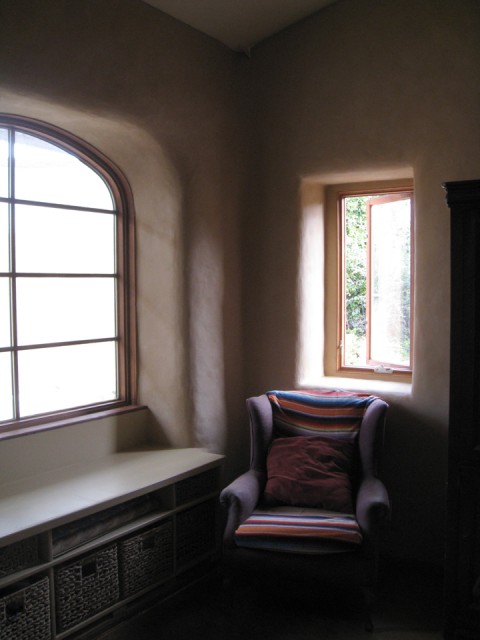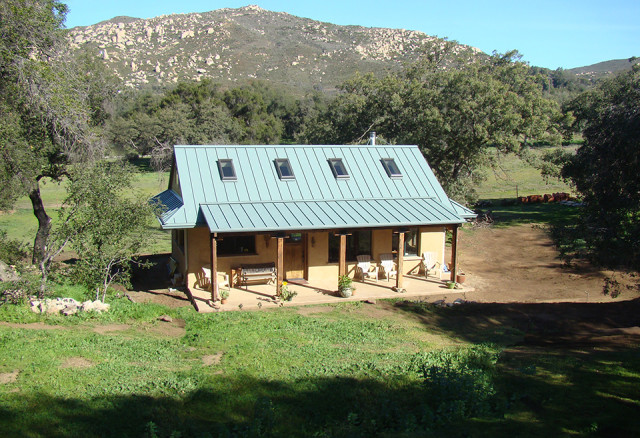
Do you want a home that is healthier and more comfortable for you and the environment?
It is possible to build a comfortable, healthy, efficient home from materials that have a lighter impact on the environment without sacrificing amenities or style?
In fact, a well-designed home can offer additional convenience, such as day-lit rooms that need no extra lighting during the day, or appliances that work faster and better. They can offer simple advantages such as physical comfort due to fewer drafts, more even humidity, and more stable temperatures. They also offer less tangible results such as greater peacefulness, due to better sound insulation and quieter mechanical systems, and a deeper sense of well-being knowing that your immediate environment is less toxic and that your surrounding environment is less impacted.
No single technology or material can do all of this. Homes are living systems and need to be designed comprehensively, with all of the parts in mind.
We have put together a team of builders, designers, and specialists who address the entire process of designing and building a naturally healthier home. Using an integrated design/build process creates a better building: we see the forest and the trees. But let’s zoom in and take a closer look at one of those trees for a moment…

Straw Bale Walls
One part of a house system is the wall. We have found that the plastered straw bale wall system creates a fantastic wall. It is great insulation, fire safe, durable, good sound insulation, and safe in an earthquake. It also provides unlimited aesthetic possibilities, such as deep window seats and graceful arches.
Keeping in mind that the walls are just one part of the system, let’s look more closely at straw bales.
• Great insulation: Straw bale walls provide at least R30 insulation, which can greatly reduce energy used for heating and cooling. A typical 2×6 stud wall with maximum fiberglass insulation is rated R19.
• Good for the environment: Straw is an agricultural waste product leftover from the production of grain. Straw bale building is not only an example of recycling, is a great example of upcycling.
• Good fire resistance: Straw bale walls have a very good fire rating: 1 hour for earth plastered walls, 2 hours for cement-lime plastered walls. A typical stick-built, drywalled wall has a 30 minute rating.
• Less materials: A plastered bale wall replaces the insulation, the drywall and the paint usually used in a conventional wall, and can reduce the wood needed for framing.
• Better sound quality: Straw bale walls provide excellent sound insulation and have a positive effect on interior acoustics
• Better air quality: Straw is a natural, non-toxic building material, lending itself to zero VOC finishes (such as clay plaster) which can lead to a healthier indoor environment.
• User-friendly: Building with bales can create opportunities to involve your friends and community through bale raisings and work parties.
• Beautiful: Straw bale walls are aesthetically versatile. They can be straight and flat or can be shaped to have sinuous, organic lines and accommodate built-in furniture or niches. Straw bale homes can be almost any style: from straight and Modern to handmade and cottage-like; from organic and ‘Hobbitty’ to clean and Contemporary.
Want more in-depth info? Here’s more.

